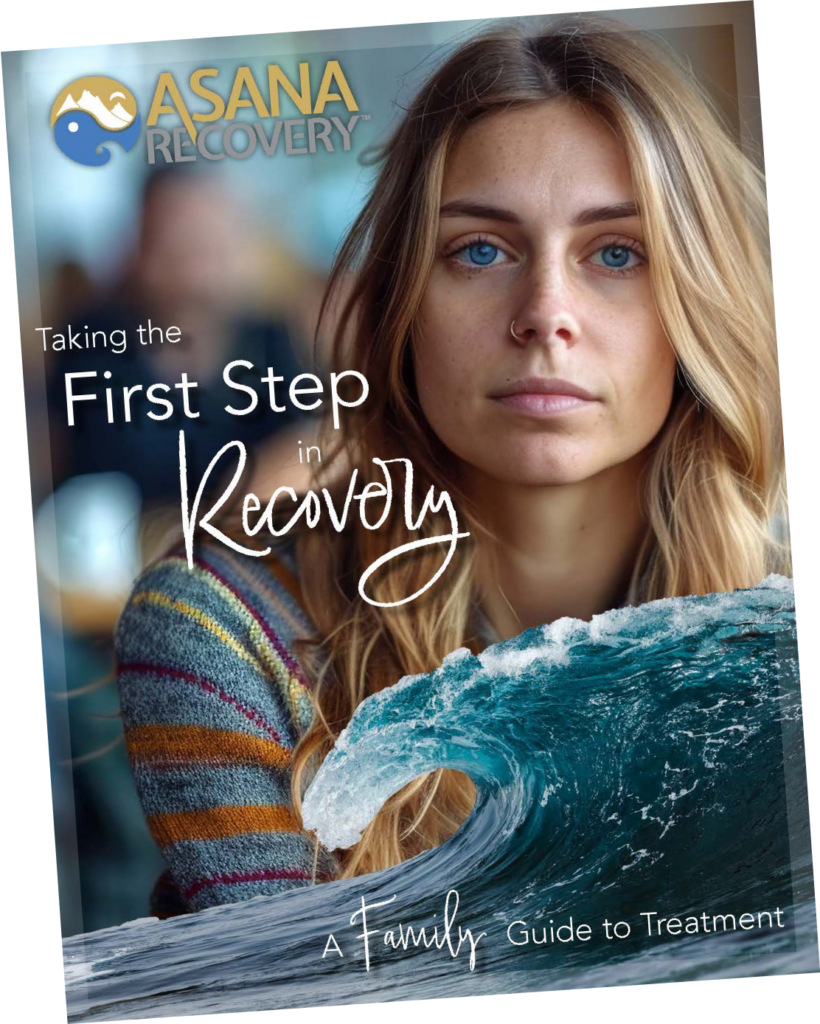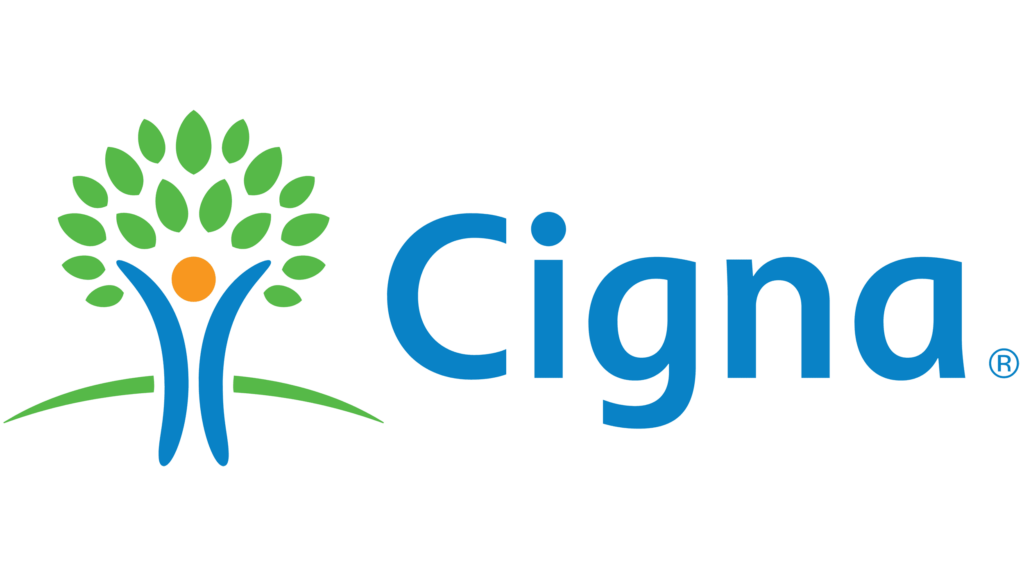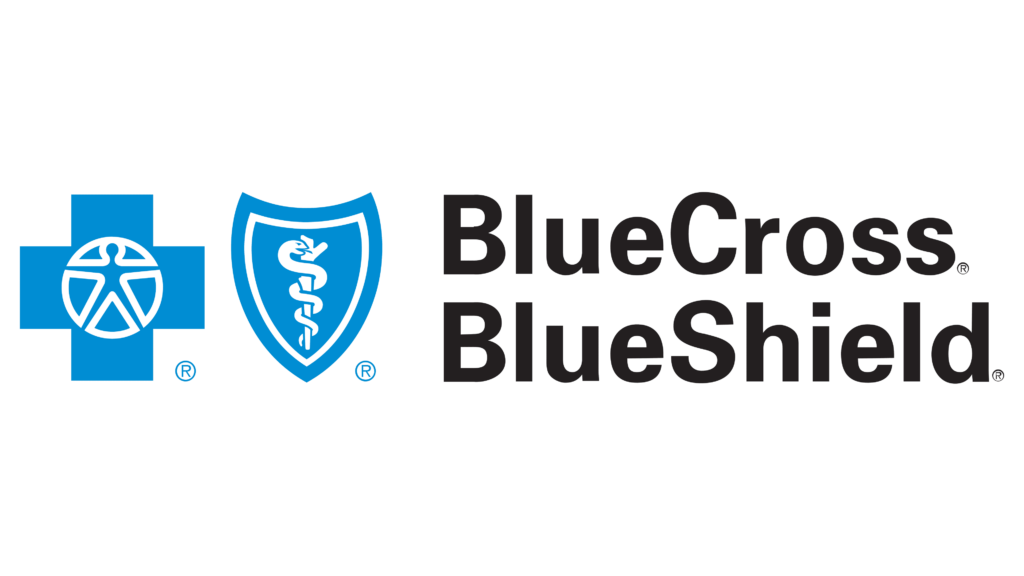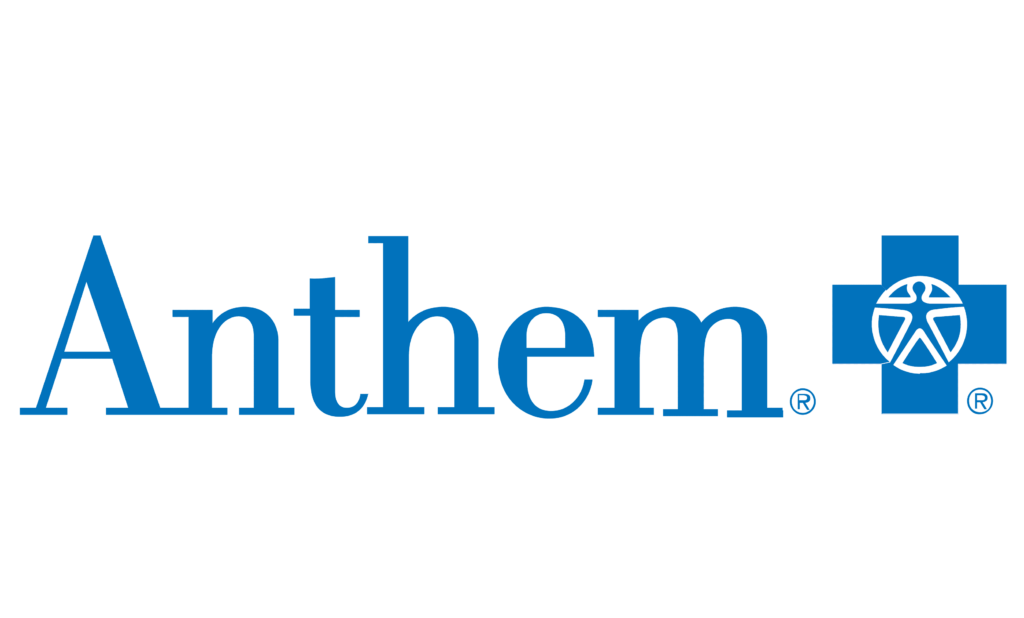Eminem’s cultural impact extends far beyond his lyrical prowess – his brutally honest storytelling about drug addiction has become a lifeline for fans grappling with similar demons. While critics initially dismissed his graphic depictions of substance abuse as shock value, time revealed these narratives to be raw psychological portraits of a man drowning in fame, grief, and self-medication. His journey from Detroit’s underground rap battles to global stardom created a pressure cooker environment where prescription pills became both a coping mechanism and a creative crutch.
The rapper’s 2024 16-year sobriety milestone isn’t just a personal victory – it’s a blueprint for recovery in an industry where substance abuse is often glamorized. His willingness to detail relapses, withdrawal horrors, and the daily grind of staying clean has reshaped conversations about addiction in hip-hop. From hosting rehab support groups for fellow artists to funding recovery centers in underserved communities, Eminem’s post-addiction activism proves that survival often breeds the most potent forms of mentorship.
Eminem’s drug use began as a paradoxical response to success. The explosive fame following The Slim Shady LP (1999) left him battling paralyzing social anxiety, which he initially managed with Valium during interviews and public appearances. Backstage riders soon ballooned to include Vicodin for post-show pain, Ambien for insomnia, and Xanax to mute the relentless noise of celebrity.
By 2002, his habit had evolved into a meticulously scheduled routine:
This pharmaceutical cocktail fueled recording sessions for The Eminem Show (2002) and Encore (2004), with studio engineers recalling him rapping flawless verses between blackout episodes. The birth of his daughter Hailie initially slowed his drug use, but the 2006 murder of his best friend Proof shattered this fragile balance. Grief-stricken and guilt-ridden over their recent estrangement, Eminem began combining methadone with sleeping pills – a deadly mix that nearly ended his life.
The months following Proof’s death saw Eminem’s addiction morph into a $5,000-a-week habit involving eight simultaneous dealers. He’d developed such tolerance that swallowing 30 Vicodin barely registered, while 75mg of Valium became his baseline for functioning. Bodyguards resorted to hiding his shoes to prevent late-night drug runs, only to find him stumbling through Detroit’s streets barefoot in winter.
His infamous 2007 methadone overdose wasn’t a deliberate suicide attempt but the culmination of pharmaceutical roulette. Unaware that methadone’s effects compound over days, Eminem took what he considered a “moderate dose” after a week-long binge. Paramedics found him blue-lipped and non-responsive, with a blood toxicity level comparable to IV heroin users. Doctors later confirmed the overdose had shut down his liver’s filtration system, requiring months of medical monitoring post-recovery.
Eminem’s first rehab stint in 2008 failed spectacularly – he discharged himself after 72 hours, convinced he could moderate his usage. What followed was a six-month relapse where he alternated between sobriety pledges and secret drug hauls stashed in bathroom vents. The turning point came during a 2009 intervention where his daughters presented a list of “Daddy’s Scariest Moments” – including the time he passed out mid-conversation at a Chuck E. Cheese birthday party.
His recovery toolkit became unorthodox yet effective:
While Elton John’s sponsorship provided crucial accountability, Eminem’s inner circle implemented 24/7 monitoring protocols:
Fellow rappers like 50 Cent became “wellness drill sergeants,” dragging him to 5 AM gym sessions whenever cravings struck. This fusion of celebrity support and clinical rigor created a recovery ecosystem tailored to his unique pressures.
Asana Recovery works with most PPO plans, covering up to 100%. See if your insurance can help fund your journey. Click below to get a free quote.

Post-recovery albums reveal a lyrical metamorphosis:
Eminem’s partnership with Asana Recovery reflects his belief that personalized treatment plans are key to lasting sobriety. Our evidence-based programs include:
Just as Eminem transformed pain into platinum records, our specialists help clients rebuild lives through tailored coping strategies – because recovery, like rap, requires both raw honesty and meticulous craft.
Many individuals struggling with addiction, like Eminem, don’t realize the severity of their problem until it’s almost too late. Recognizing the signs early and seeking professional help can prevent life-threatening situations.
At Asana Recovery, we offer a range of programs, including:
We get it. Addiction recovery is tough. That’s why our programs are founded and staffed by people in recovery – people who truly understand.
Eminem was addicted to prescription drugs, including Vicodin, Valium, Ambien, Xanax, and Methadone. These substances played a major role in his downward spiral and nearly cost him his life.
Yes, Eminem’s drug use began in the late 1990s as he struggled with the pressures of fame. Initially, he used Valium for social anxiety, but over time, his dependence escalated to a dangerous cocktail of prescription medications.
In 2007, Eminem overdosed on methadone, mistakenly consuming an amount equivalent to four bags of heroin. His body went into toxic shock, and he was rushed to the hospital, where doctors said he was only two hours away from death.
Eminem’s recovery involved rehab, fitness, and therapy. He replaced drugs with exercise, running up to 17 miles a day, and leaned on support from Elton John and fellow artists like 50 Cent.
No, Eminem has been completely sober since 2008. He has spoken openly about the challenges of maintaining sobriety and how exercise and therapy have helped him stay clean.
His albums Relapse and Recovery were deeply influenced by his struggles with drug addiction. His lyrics document his near-death experience, withdrawal, and commitment to sobriety.
Eminem’s journey teaches us that addiction can affect anyone, but recovery is possible with support, discipline, and a willingness to change. His fitness-based approach to sobriety has inspired many to seek alternative ways to heal.
Take your first step towards lasting recovery. At Asana, we offer effective, insurance-covered treatment for addiction and mental health, guided by experts who understand because they’ve been there. Start your healing today.

This book has helped so many men and women; and we want to give it you for FREE. Get signed up today and discover how to unlock the grip of addiction and get back to living your best life.
In this book, you’ll discover…
— The Most Common Misconceptions About Addiction and Rehab
— Why Rock Bottom is a Myth and What You Can Do About It
–The Steps to Healing From Trauma, Both Mentally and Emotionally
–And much more!
© Copyright 2024 Asana Recovery™ | All Rights Reserved | Privacy Policy
You could save up to 100% of your treatment using your Insurance.





By submitting this form, you agree to Asana Recovery’s Privacy Policy. You also consent to Asana Recovery contacting you by phone, text message, and email regarding your insurance benefits and treatment services. You acknowledge that text messaging may involve risks, authorize the use of your Protected Health Information (PHI) for these communications, and understand you can opt-out of text messages at any time by replying “STOP”.
Asana Recovery
We firmly believe that the internet should be available and accessible to anyone, and are committed to providing a website that is accessible to the widest possible audience, regardless of circumstance and ability.
To fulfill this, we aim to adhere as strictly as possible to the World Wide Web Consortium’s (W3C) Web Content Accessibility Guidelines 2.1 (WCAG 2.1) at the AA level. These guidelines explain how to make web content accessible to people with a wide array of disabilities. Complying with those guidelines helps us ensure that the website is accessible to all people: blind people, people with motor impairments, visual impairment, cognitive disabilities, and more.
This website utilizes various technologies that are meant to make it as accessible as possible at all times. We utilize an accessibility interface that allows persons with specific disabilities to adjust the website’s UI (user interface) and design it to their personal needs.
Additionally, the website utilizes an AI-based application that runs in the background and optimizes its accessibility level constantly. This application remediates the website’s HTML, adapts Its functionality and behavior for screen-readers used by the blind users, and for keyboard functions used by individuals with motor impairments.
If you’ve found a malfunction or have ideas for improvement, we’ll be happy to hear from you. You can reach out to the website’s operators by using the following email
Our website implements the ARIA attributes (Accessible Rich Internet Applications) technique, alongside various different behavioral changes, to ensure blind users visiting with screen-readers are able to read, comprehend, and enjoy the website’s functions. As soon as a user with a screen-reader enters your site, they immediately receive a prompt to enter the Screen-Reader Profile so they can browse and operate your site effectively. Here’s how our website covers some of the most important screen-reader requirements, alongside console screenshots of code examples:
Screen-reader optimization: we run a background process that learns the website’s components from top to bottom, to ensure ongoing compliance even when updating the website. In this process, we provide screen-readers with meaningful data using the ARIA set of attributes. For example, we provide accurate form labels; descriptions for actionable icons (social media icons, search icons, cart icons, etc.); validation guidance for form inputs; element roles such as buttons, menus, modal dialogues (popups), and others. Additionally, the background process scans all the website’s images and provides an accurate and meaningful image-object-recognition-based description as an ALT (alternate text) tag for images that are not described. It will also extract texts that are embedded within the image, using an OCR (optical character recognition) technology. To turn on screen-reader adjustments at any time, users need only to press the Alt+1 keyboard combination. Screen-reader users also get automatic announcements to turn the Screen-reader mode on as soon as they enter the website.
These adjustments are compatible with all popular screen readers, including JAWS and NVDA.
Keyboard navigation optimization: The background process also adjusts the website’s HTML, and adds various behaviors using JavaScript code to make the website operable by the keyboard. This includes the ability to navigate the website using the Tab and Shift+Tab keys, operate dropdowns with the arrow keys, close them with Esc, trigger buttons and links using the Enter key, navigate between radio and checkbox elements using the arrow keys, and fill them in with the Spacebar or Enter key.Additionally, keyboard users will find quick-navigation and content-skip menus, available at any time by clicking Alt+1, or as the first elements of the site while navigating with the keyboard. The background process also handles triggered popups by moving the keyboard focus towards them as soon as they appear, and not allow the focus drift outside it.
Users can also use shortcuts such as “M” (menus), “H” (headings), “F” (forms), “B” (buttons), and “G” (graphics) to jump to specific elements.
We aim to support the widest array of browsers and assistive technologies as possible, so our users can choose the best fitting tools for them, with as few limitations as possible. Therefore, we have worked very hard to be able to support all major systems that comprise over 95% of the user market share including Google Chrome, Mozilla Firefox, Apple Safari, Opera and Microsoft Edge, JAWS and NVDA (screen readers).
Despite our very best efforts to allow anybody to adjust the website to their needs. There may still be pages or sections that are not fully accessible, are in the process of becoming accessible, or are lacking an adequate technological solution to make them accessible. Still, we are continually improving our accessibility, adding, updating and improving its options and features, and developing and adopting new technologies. All this is meant to reach the optimal level of accessibility, following technological advancements. For any assistance, please reach out to